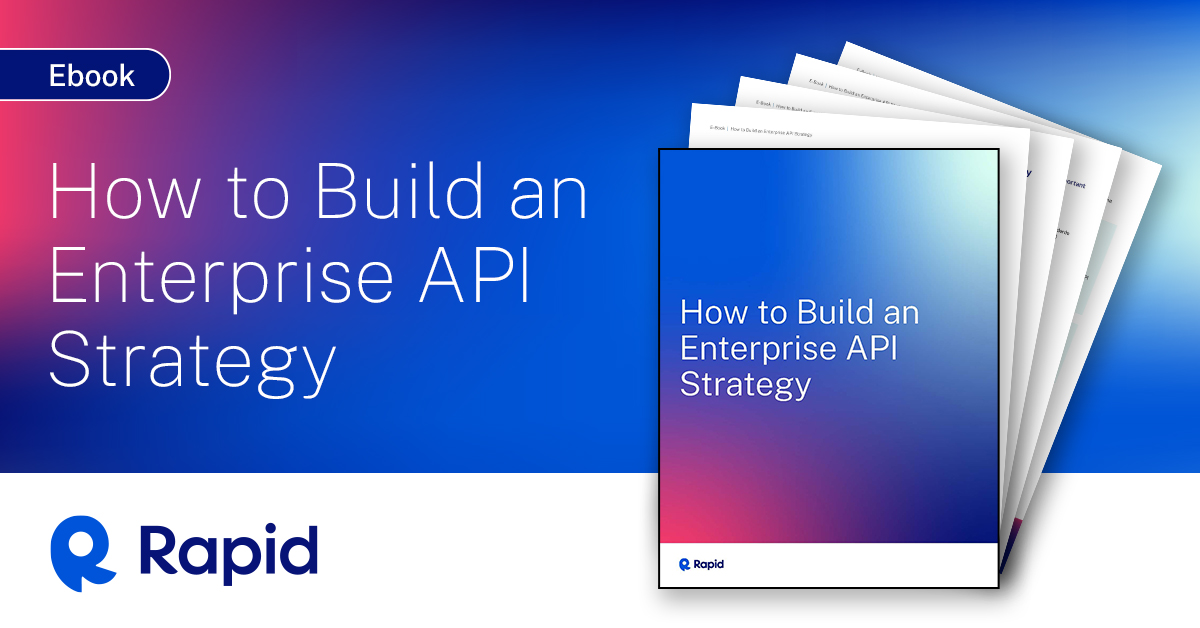The Five Components for Building an Effective API Strategy
APIs are the fundamental building blocks of modern software and are growing in prevalence
throughout the enterprise.

For organizations thinking of delivering better digital experiences, creating channel partnerships, or improving internal processes, an investment in APIs is critical. Although many companies are funding digital transformational programs with APIs, most enterprises have failed to build and deliver an effective API strategy program. The reasons behind this are varied. In some cases, the API programs are developed in a siloed-effort, resulting in redundancies, poor integration, and an implementation not underpinned by any real business strategy. Additionally, organizations have disparate infrastructure and tools or lack the resources and ownership to even understand how many APIs exist within each department. As a result, organizations fail to implement an API strategy and if they do, they are making frequent changes that lead to resource inefficiencies and the distabalization of their reputation with developers and partners.
For determining the API strategy, it is imperative that companies first determine the key
business goals. Do these goals include accelerating development? Creating product stickiness?
Monetizing business assets and datasets? Unlocking innovation? Additionally, how does the
organization plan to achieve these goals? Will they use private, partner-facing, public, third-
party APIs or some combination?
To build an effective API program, there key components that must be included in any plan:
● Executive support and sponsorship
● Organizational infrastructure
● API platforming
● Peripheral tooling
● Education and awareness
To learn more, get the API Strategy Guide now.
Related Articles
Join The GBI Impact Community
Sign up to make an impact and hear about our upcoming events
By registering anywhere on the site, you agree with our terms and privacy policy



